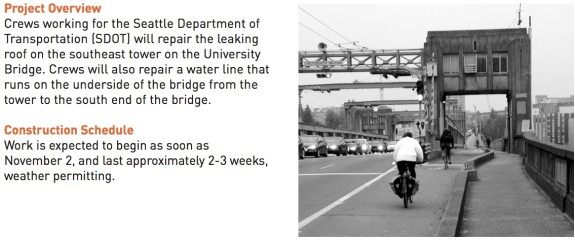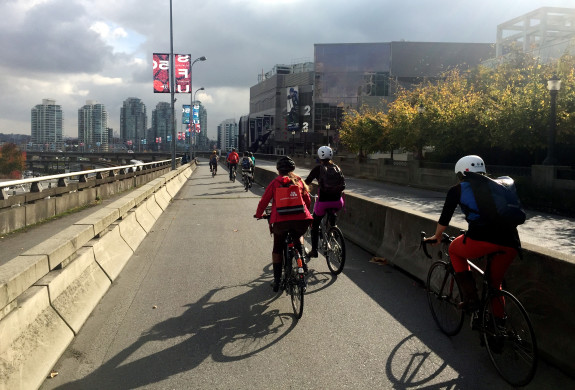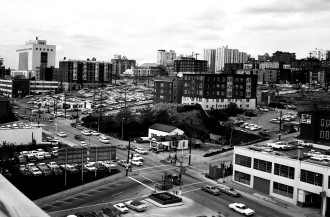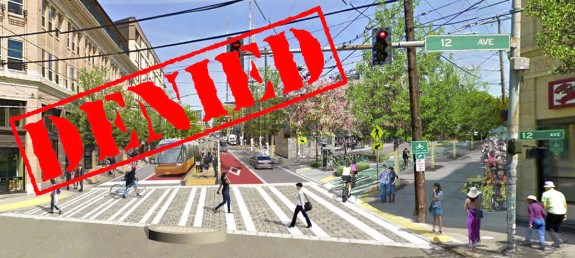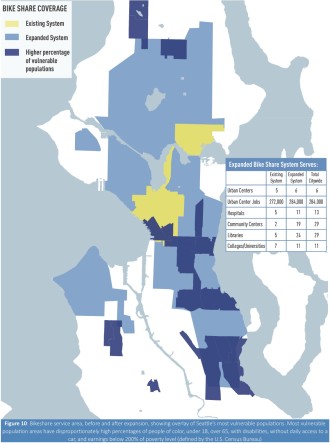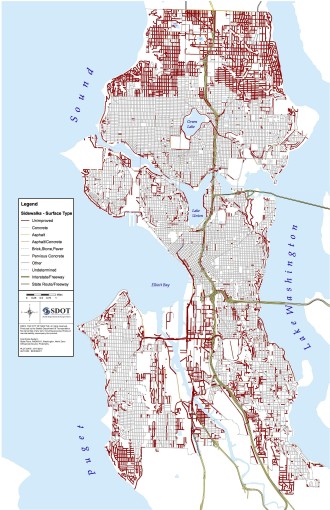
Building neighborhoods without sidewalks was a truly terrible idea.
I mean, seriously. What the hell? If you’re building a place for people to live, how can you leave out the space for people to walk? It’s absolute insanity, and it happened in suburbs all over the nation (and no, it wasn’t an accident).
And the Seattle area is no exception. There aren’t too many places within the old Seattle borders without sidewalks, but many neighborhoods north and south that have since been annexed were built by people who never intended for people to walk beyond their front yards. I mean, flying space cars were just on the horizon, so why waste money on something as mundane as walking?
Well, it turns out people like walking. But retrofitting sidewalks onto existing streets is way more expensive than just doing it right the first time. In fact, it costs about $300,000 just to build one side of one block. The estimate to build all the city’s missing sidewalks? A whopping $3.6 billion. That’s three Move Seattle levies.
So if we realistically want to solve the walkability challenges in the north and south neighborhoods, we need to find cheaper ways to build more safe and comfortable walking routes more quickly. There are a variety of different ways to improve walking safety and comfort beyond the standard sidewalk, and the city wants to hear your thoughts on some of their ideas as part of the ongoing updated to the Pedestrian Master Plan.
Take this survey and let them know.
Some streets may need little more than a raised curb or line of parking stops to create a new dedicated walking space, as shown in these photos from the survey: (more…)

